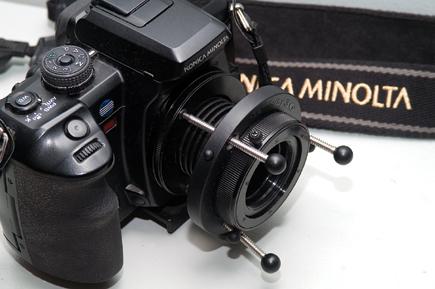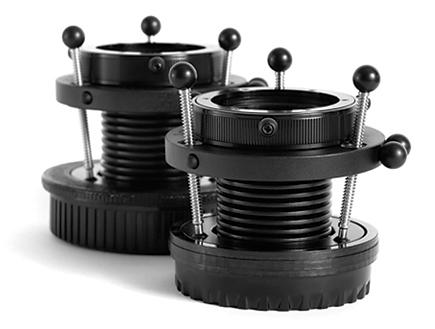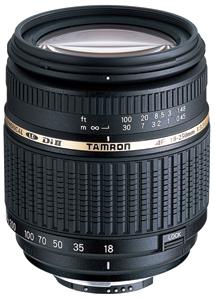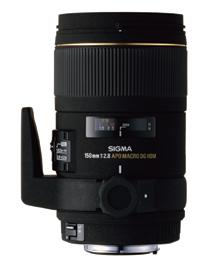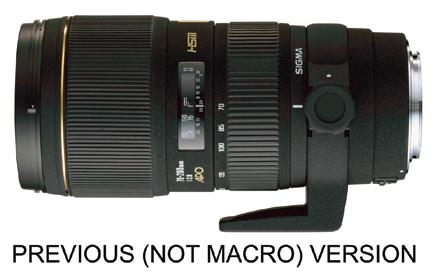|
Apr 01, 2008
|
Apr 01, 2008
|
Dec 01, 2007
|
Aug 01, 2007
|
Aug 01, 2007
|
Aug 01, 2007
|
Aug 01, 2007
|
Aug 01, 2007
|
Jun 01, 2007
|
Jun 01, 2007
|
May 01, 2007
|
Dec 01, 2006
|
Dec 01, 2006



